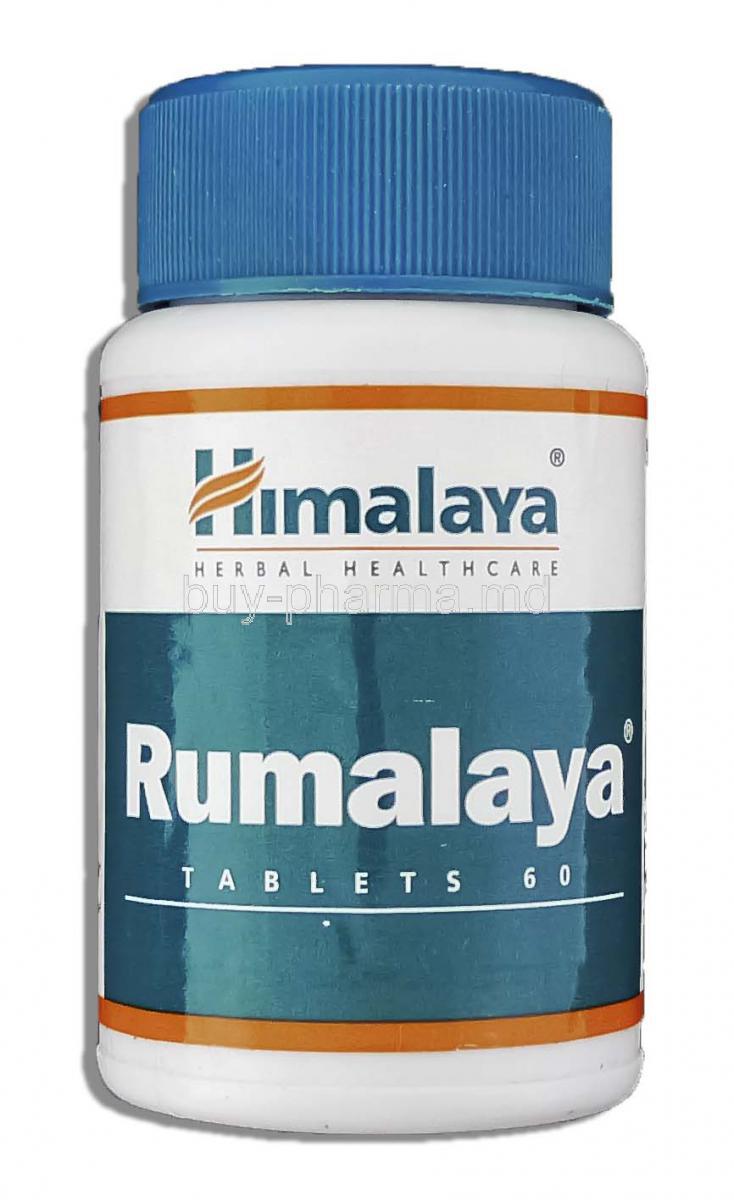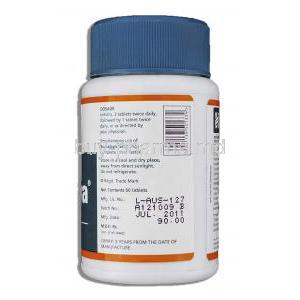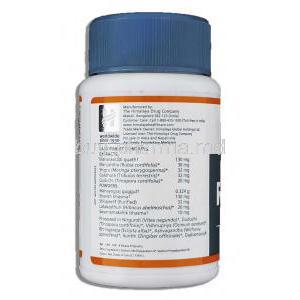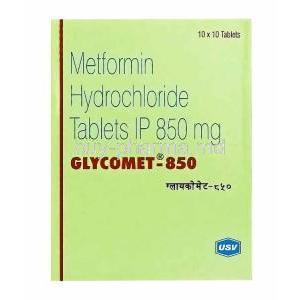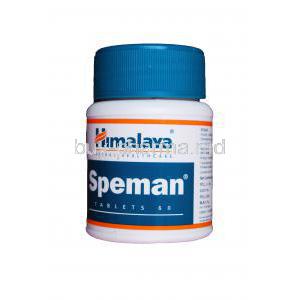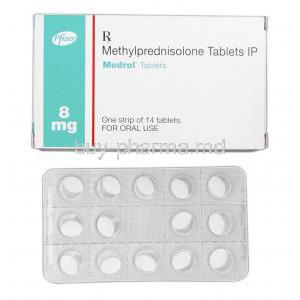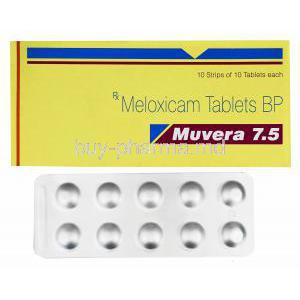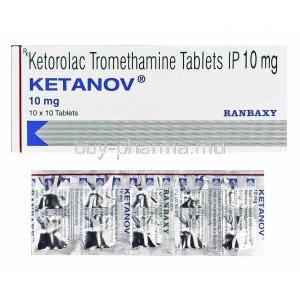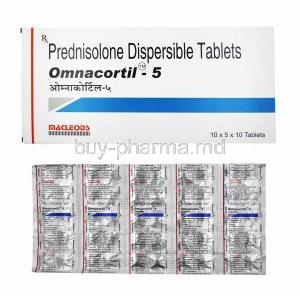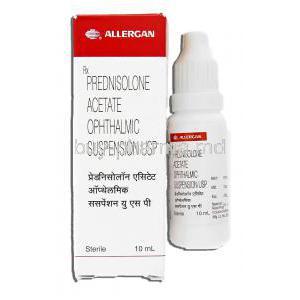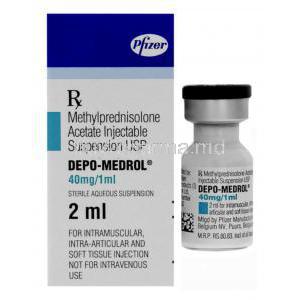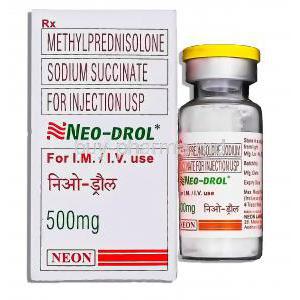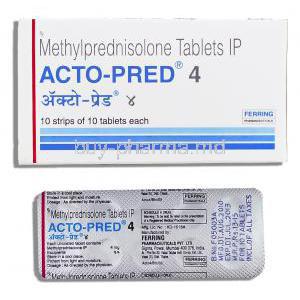1. Introduction to Himalaya Rumalaya
Himalaya Rumalaya is a trusted Ayurvedic formulation crafted to support musculoskeletal health. Designed using a blend of potent herbal extracts, it is widely utilized to alleviate inflammation, pain, and stiffness associated with a variety of joint and muscle disorders.
It is available in two primary forms: Rumalaya tablets for systemic internal use and Rumalaya gel for targeted topical application. Each variant serves a unique therapeutic category—oral supplementation for systemic inflammatory relief and topical gel for localized musculoskeletal support.
Produced by Himalaya Wellness, a globally recognized manufacturer of herbal healthcare products, Rumalaya has been clinically utilized for decades in both traditional and integrative medicine settings. Its formulation reflects a deep-rooted heritage in Ayurveda, combined with modern standardization techniques.
Designed primarily for inflammatory joint and muscle conditions, Rumalaya is employed in both chronic and acute musculoskeletal complaints, making it a versatile addition to pain management protocols.
2. Composition and Active Herbal Ingredients
The efficacy of Rumalaya stems from its carefully selected active herbal constituents:
- Shallaki (Boswellia serrata) – a natural anti-inflammatory agent known for inhibiting 5-lipoxygenase activity.
- Guggul (Commiphora mukul) – offers lipid-lowering, analgesic, and anti-arthritic properties.
- Additional components like Yashtimadhu (Glycyrrhiza glabra) and Guduchi (Tinospora cordifolia) complement the primary ingredients.
Each plant-based ingredient is standardized for bioactive compounds, ensuring consistent pharmacognostic activity. These botanicals work in synergy, amplifying one another’s effects to reduce inflammation, modulate immune response, and promote tissue regeneration.
Importantly, Rumalaya is formulated without synthetic preservatives, parabens, or mineral oils, making it suitable for long-term use and for individuals preferring natural remedies.
3. Mechanism of Action: How Rumalaya Works
Rumalaya functions through multi-pronged mechanisms that target key mediators of pain and inflammation:
- Inhibition of COX enzymes, which suppresses the synthesis of prostaglandins responsible for pain and swelling.
- Reduction of leukotriene activity—Shallaki’s boswellic acids hinder inflammatory leukotriene formation.
- Enhancement of peripheral blood circulation improves oxygen and nutrient delivery to joints and muscles.
- Its strong antioxidant properties reduce free radical damage and help preserve cartilage health (chondroprotection).
4. Approved and Traditional Uses of Rumalaya
4.1 Primary Therapeutic Uses
- Alleviates joint stiffness and reduces pain in osteoarthritis.
- Improves flexibility and mobility in spondylotic conditions, including lumbar and cervical spondylosis.
- Supports standard care in rheumatoid arthritis by modulating inflammatory pathways.
4.2 Secondary and Off-Label Uses
- Applied in sports injuries involving ligaments, tendons, and muscular sprains.
- Used as adjunctive therapy in post-viral myalgia and fatigue syndromes.
- Prescribed for postoperative pain following orthopedic interventions.
- Informally adopted for management of fibromyalgia, despite limited clinical trial backing.
5. Dosage and Method of Administration
Rumalaya tablets are typically taken as one or two tablets twice daily, preferably after meals. Dosage may vary depending on severity and physician guidance.
Rumalaya gel should be applied topically to the affected area 2–3 times a day. Massage gently until fully absorbed. Avoid applying over cuts or abrasions.
Therapeutic duration can range from a few weeks to several months. Combining the gel with tablets may enhance outcomes in chronic cases.
While generally safe, combining Rumalaya with other treatments should be discussed with a healthcare provider to avoid unintended interactions.
6. Side Effects and Safety Profile
6.1 Common Side Effects
- Mild gastrointestinal upset such as bloating or nausea.
- Skin irritation or redness with gel application in sensitive individuals.
- Rare cases of a bitter aftertaste or transient discomfort.
6.2 Rare or Serious Side Effects
- Allergic reactions such as rash, itching, or angioedema.
- Exacerbation of symptoms in patients with autoimmune flare-ups.
- Isolated reports of liver enzyme elevation with long-term or high-dose use.
7. Warnings and General Precautions
- Should not replace disease-modifying drugs in autoimmune conditions like rheumatoid arthritis.
- Avoid combining with other NSAIDs unless directed by a clinician.
- Patients with known herbal allergies should exercise caution.
- Gel should not be used on broken, infected, or oozing skin.
8. Drug and Herb Interactions
- May enhance effects of conventional anti-inflammatory or analgesic drugs.
- Use cautiously with anticoagulants or antiplatelets, as Guggul may affect bleeding time.
- Could interfere with immunosuppressants due to its immunomodulatory properties.
- Advised to be spaced apart from other Ayurvedic detox or heavy-metal-based formulations.
9. Contraindications: When Rumalaya Should Be Avoided
- Individuals with a known hypersensitivity to Boswellia, Guggul, or excipients.
- Patients with bleeding disorders or those recovering from surgery.
- Active peptic ulcers due to potential gastric irritation with oral use.
- Contraindicated in individuals with severe hepatic or renal dysfunction.
10. Special Considerations for Careful Administration
10.1 Monitoring in Chronic Illness
In patients with underlying cardiovascular or renal comorbidities, careful assessment is vital prior to initiating Rumalaya. Although herbal in origin, the bioactive constituents can modulate systemic inflammation, potentially interacting with existing medications or disease states.
- Periodic evaluation of renal markers and blood pressure is advised in those with nephropathy or hypertension.
- In patients already on polyherbal regimens, avoid stacking with other anti-inflammatory Ayurvedic agents to prevent phytochemical overload.
10.2 Dose Adjustment in Compromised Organ Function
Rumalaya should be administered cautiously in patients with impaired hepatic or renal function. A lower starting dose of the oral formulation may reduce the risk of systemic side effects.
- Monitor liver enzymes in patients with pre-existing hepatic conditions.
- Avoid topical gel application near eyes, mouth, or mucosal surfaces, where increased absorption or irritation may occur.
11. Use in Special Populations
11.1 Administration to Elderly Patients
The elderly often exhibit slower hepatic and renal clearance, altering the pharmacokinetics of herbal formulations. Additionally, age-related changes in skin integrity may heighten sensitivity to topical applications.
- Initiate treatment at the lower end of the dosing range.
- Regularly inspect for dermal thinning or dryness with prolonged gel use.
11.2 Use in Pregnant and Nursing Women
Rumalaya’s safety profile in pregnancy and lactation remains insufficiently studied. The internal consumption of tablets should be avoided unless explicitly recommended by a qualified medical practitioner.
- Topical gel may be used with caution during pregnancy, avoiding application near the abdomen or breasts.
- Not advised during breastfeeding due to unknown transfer into breast milk.
11.3 Administration to Children
Rumalaya is generally not recommended for use in children under 12 years unless prescribed by a pediatric specialist. Herbal formulations, though natural, can have unpredictable effects on immature organ systems.
- Adolescents may use Rumalaya gel under adult supervision, ensuring proper application and avoidance of sensitive areas.
12. Overdose and Management
Although rare, excessive oral intake of Rumalaya tablets may lead to symptoms such as:
- Nausea
- Vomiting
- Abdominal cramps and diarrhea
In such cases, immediate cessation of the product is essential. Management includes:
- Supportive care with hydration and electrolyte monitoring.
- Symptomatic treatment under medical supervision.
No specific antidote exists. Hospitalization is generally not required unless complications arise.
13. Storage Instructions and Shelf Life
To preserve the efficacy and safety of Rumalaya formulations, adhere to the following storage recommendations:
- Store at a temperature between 15°C and 30°C.
- Protect from direct sunlight, humidity, and high heat.
- Ensure the gel tube is tightly sealed after each use to prevent microbial contamination.
- Refer to the product label for expiry date; do not use past this date even if the formulation appears intact.
14. Handling and Usage Precautions
Proper handling is essential to maintain hygiene and avoid unintentional adverse effects:
- Wash hands thoroughly before and after topical application.
- Use clean spatulas or dry fingers—avoid dipping directly into the gel with unwashed hands.
- Do not share the product, especially the gel, to reduce cross-contamination risks.
- Follow the recommended dose schedule strictly; do not exceed frequency without medical advice.
Himalaya Rumalaya FAQ
What is Himalaya Rumalaya used for?
The Himalaya Rumalaya contains Boswellia (Shalaki), which enhances health and restores the resilience of blood vessels in the body by preventing the breakdown of glycosaminoglycan, a factor in declining joint health.
Is rumalaya good for knee pain?
Yes
Is Rumalaya Forte good for gout?
Yes
When is the best time to take Rumalaya Forte?
Take one tablet with meals, twice a day
What are the ingredients in Himalaya Rumalaya tablet?
Latakasturi (Hibiscus Abelmoschus), Mahayograj Guggul, Manjistha, Shigru, Swarnamakshik Bhasma, Nirgundi, Vishnupriya, Sunthi, Ashwagandha, Dashamoola

